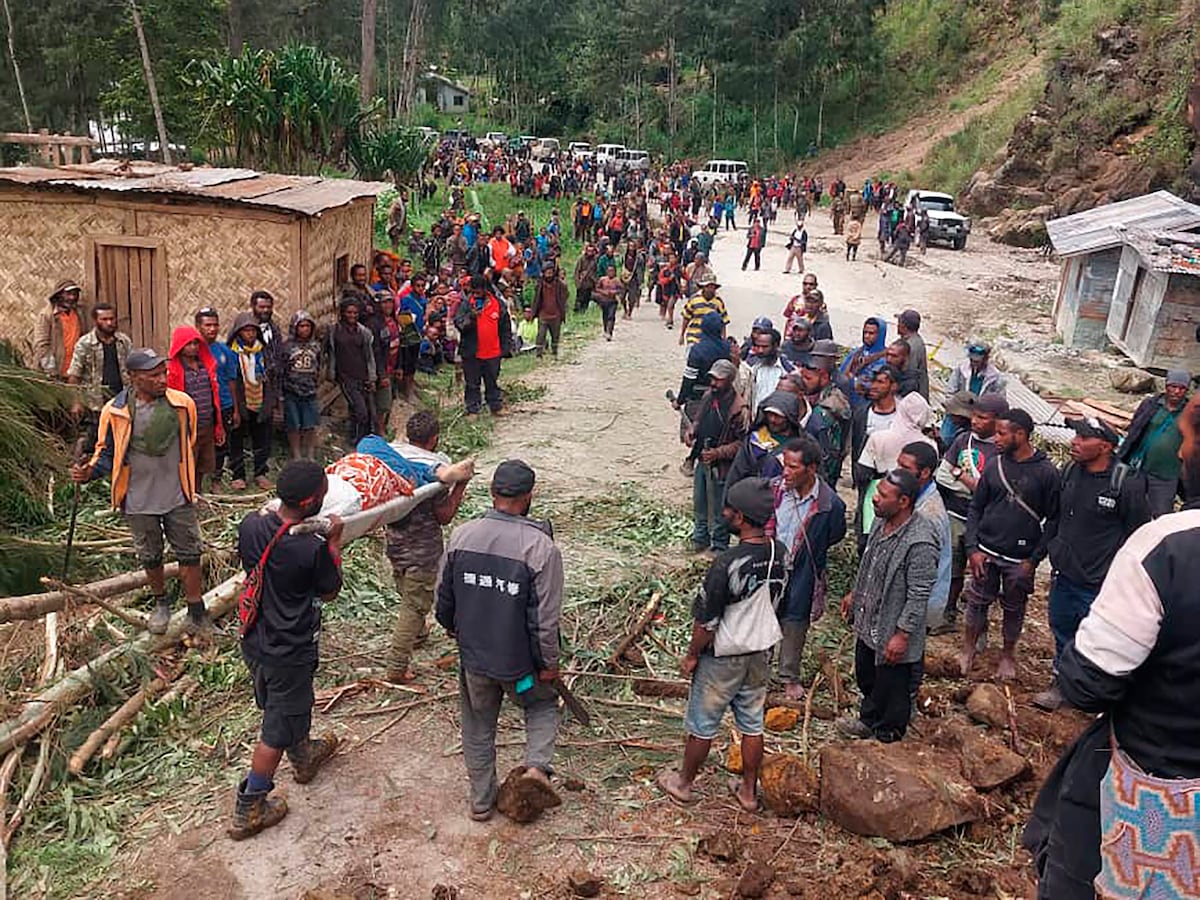Devastating Landslide in Papua New Guinea: Over 600 Feared Dead
In a catastrophic natural disaster, more than 600 people are feared dead following a massive landslide in Papua New Guinea. The calamity, which occurred shortly after a powerful earthquake, has left the remote village of Kaokalam in the province of Enga devastated, almost completely buried under rubble and mud.
Serhan Aktoprak, the head of the International Organization for Migration (IOM) in Papua New Guinea, conveyed the grim news this Sunday. Rescuers have so far recovered only five bodies, while the estimated death toll might be as high as 670. Media reports had initially noted approximately 300 deaths, but recent assessments indicate a higher number of fatalities.
The affected zone, situated around 600 kilometers northwest of the capital, Port Moresby, spans an area of more than 200 square kilometers. The disaster has not only impacted Kaokalam but also other nearby villages, and has extensively disrupted provincial infrastructure, particularly the main Porgera Highway, which is now severely damaged and difficult to access.
Ongoing Rescue Efforts Amid Grim Realities
The head of the United Nations office in Papua New Guinea, Kesang Phuntsho, explained that the real number of victims remains uncertain as rescue efforts continue amid precarious conditions. Despite the challenging circumstances, evacuations for over 1,200 survivors are ongoing. However, the risk of subsequent avalanches continues to jeopardize the safety of both residents and rescue teams.
My colleagues had to escape from the place due to the increasing danger, as rocks continue to fall without stopping and the earth continues to slide,” noted a UN team member. Rescue teams are battling these extreme conditions to access the most affected zones, often needing to resort to using jeeps or helicopters for transportation.
Local authorities have dispatched disaster officials, the Papua New Guinea Defense Forces, and the Department of Works and Highways to handle the emergency. The country’s Prime Minister, James Marape, announced efforts to begin comprehensive relief operations, recover bodies, and commence infrastructure reconstruction. Around 4,000 people inhabit the landslide-affected area, many of whom were asleep when the disaster struck at around 3:00 a.m.
Landslides are not uncommon in Papua New Guinea, a nation often plagued by geological instability, heavy rains, and weak infrastructure. The impoverished population, isolated by inadequate communication systems and facilities, bears the brunt of such natural disasters. Immediate and long-term relief and rehabilitation measures will be crucial to support the affected communities and restore normalcy.
- The risk of subsequent landslides continues to pose a significant threat to both the rescue teams and the surviving residents in the affected areas. Further geological assessments and precautions are being taken to ensure the safety of those involved in the rescue operations.
- Efforts are also being made to provide temporary shelters, food, medical supplies, and psychological support to the survivors. Several international organizations have pledged their support and are coordinating with the local authorities to expedite the assistance process.
- In light of this disaster, there are growing calls for better disaster preparedness and improved infrastructure to withstand such natural calamities in Papua New Guinea, which frequently experiences earthquakes, heavy rains, and landslides.






